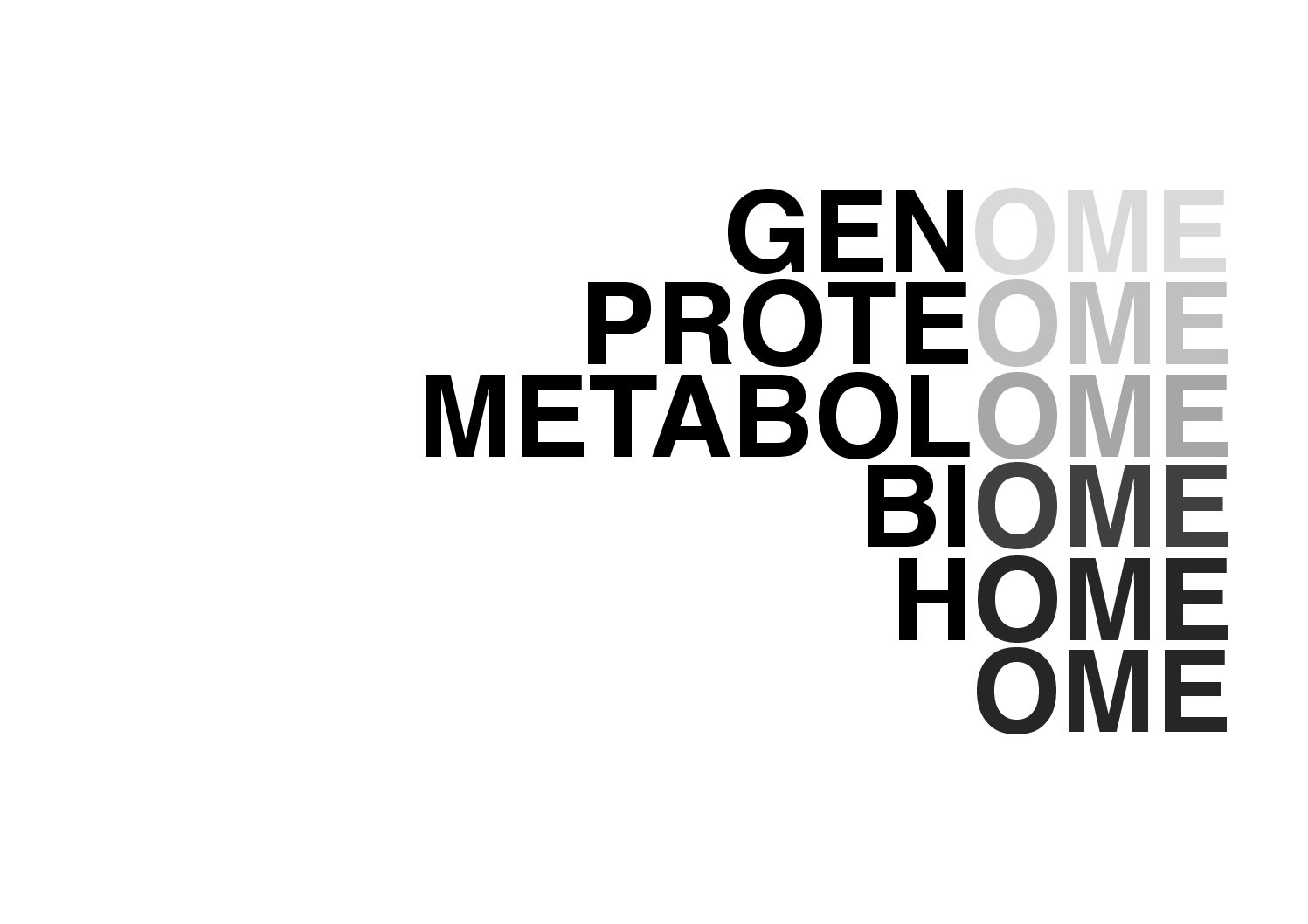
The OME
July 30, 2020
Multiscale Nano-Engineered Surfaces with Tailored Functional Properties
August 2, 2020In nature, most organisms have inherent rhythmic cycles such as the circadian rhythm which reacts to changes in temperatures and daylight. These reactions allow the organism to adapt to the changing environment and become more resilient overtime. In contrast, our buildings have generally very limited capabilities for responding to changing conditions, leading to a significant external energy input to maintain indoor comfort. As people have differing requirements, this indoor comfort changes depending on the occupants as well as overtime. For example, the cycle of various activities undertaken by the user has a great impact on the temperature, ventilation and (day)light requirements.
In order to reduce energy use and to enable buildings to respond to the occupants’ rhythmic requirements, we are exploring the possibility of creating buildings that adapt to these rhythmic changes without the need for external power, sensors and control systems. Within the HBBE we have multiple research projects developing and characterising bio-materials including bacterial spores, mushrooms, bacterial cellulose and biocements on a nano- and micro-scale. In order to bridge the gap with the macro scale, the PhD project Alive: rhythmic buildings will explore the possibilities of applying the rhythms of different organisms in a creative way to develop adaptive buildings. These adaptive “bio buildings” would respond to the changing requirements of the users, thus creating a comfortable indoor environment without a high energy and maintenance bill.


If you have any questions or remarks, please feel free to contact Layla van Ellen.


